Tillandsia is a genus of plants that combines approximately 500 different herbaceous plants, of a wide variety of shapes and colors. As a wild crop, tillandsia is found in the tropical and subtropical regions of America. But in the middle zone, not a single representative of such a large genus has taken root. But some of them have become quite popular indoor flowers. The exotic and sometimes bizarre appearance of the plant quickly fell in love with domestic flower growers.
Tillandsia may seem like a moody culture, which is difficult enough to provide proper care at home. However, compliance with all the basic recommendations for its cultivation will help each grower to grow an unusual tropical inhabitant in his house without much effort.
Content
Characteristics of the variety and species diversity of tillandsia
Tillandsia is a fairly extensive genus of herbaceous plants from the bromeliad family. The homeland of an evergreen plant is considered to be tropical and subtropical zones of America. It is in these regions that a fanciful flower grows as a wild-growing culture.
It is rather difficult to give an exact botanical description of the variety, because most of its representatives practically do not have similar external characteristics. Only a few representatives of many kinds are suitable for cultivation as a pot culture. Representatives of such species of tillandsia as:
- Atmospheric. The root system of the flower is practically absent, the plant feeds on with the help of scales that cover its shoots and leaf plates. Underdeveloped roots act as a fixative with which tillandsia is fixed on any surface.

Atmospheric Thin gray-green leafy plates of a flower, growing up to 1 m in length, begin to hang down a winding cascade as they grow. This species includes several subspecies, the most famous of which is tillandsia, asis, or Spanish moss.
- Tillandsia Anita. A unique hybrid variety that differs from most of its congeners in the highly decorative spike-shaped bract. During flowering, small blue-violet flowers consisting of three petals appear along the edges of the pink bract.

Anita Flowers bloom alternately, starting from the top of the ear. Long and narrow leaves of the flower, the surface of which is covered with small scales, form a dense rosette. The green curved leaf plates at the base have a brownish-red hue. Tillandsia Sinaya is considered the parent of the variety.
- Tillandsia Doura. Represents an epiphytic variety of the variety, characterized by a decorative bract of bright orange color, in the form of a loose ear. The broad leaves of the tongue-shaped form are collected in a dense rosette around the peduncle.
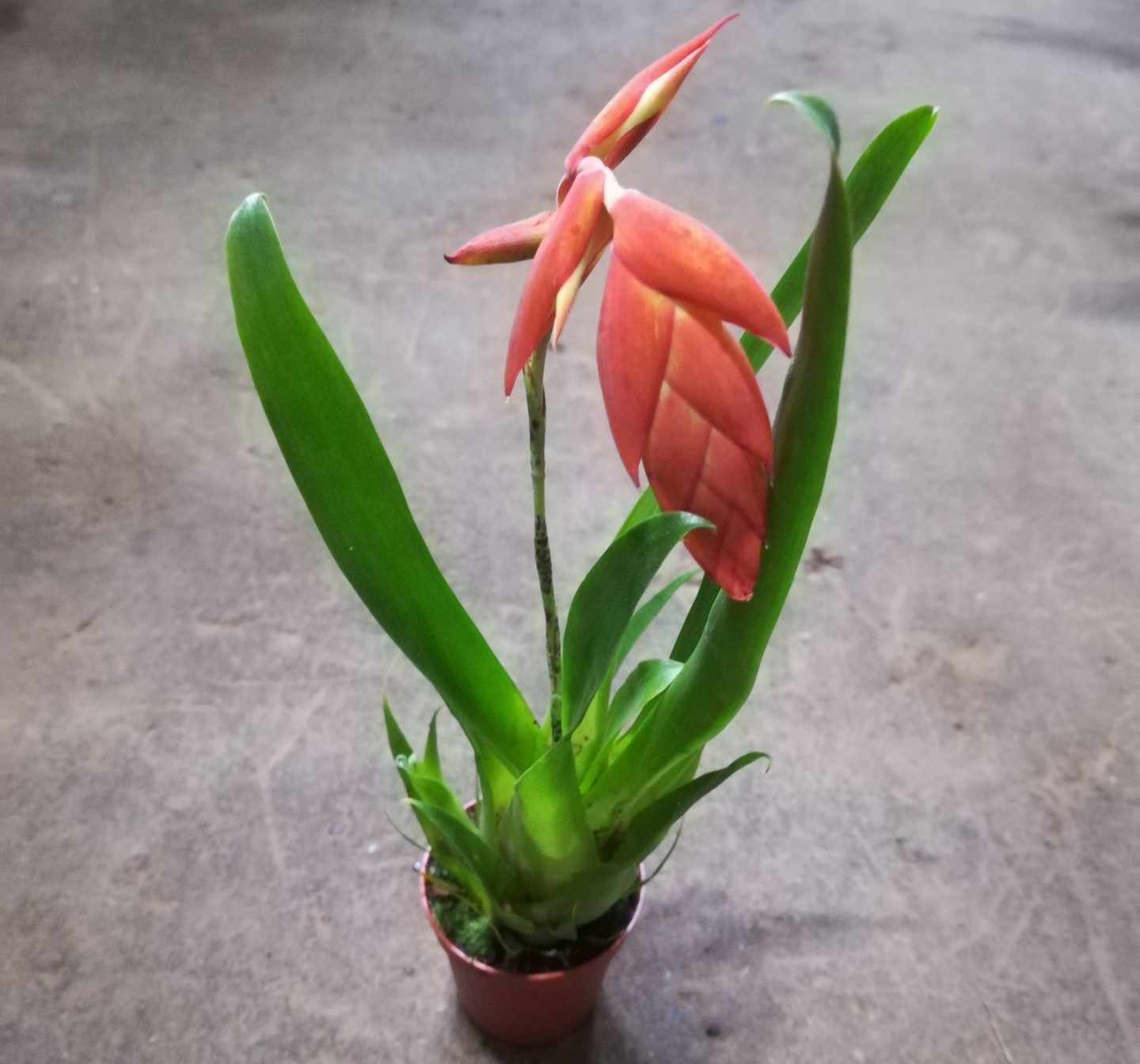
Duer
Secrets and difficulties of caring for different varieties of tillandsia at home
Tillandsia is a capricious culture, the growing procedure of which requires certain knowledge and skills from the grower. A tropical flower, accustomed to growing in high humidity, does not respond well to lack of moisture and dry air in the room.
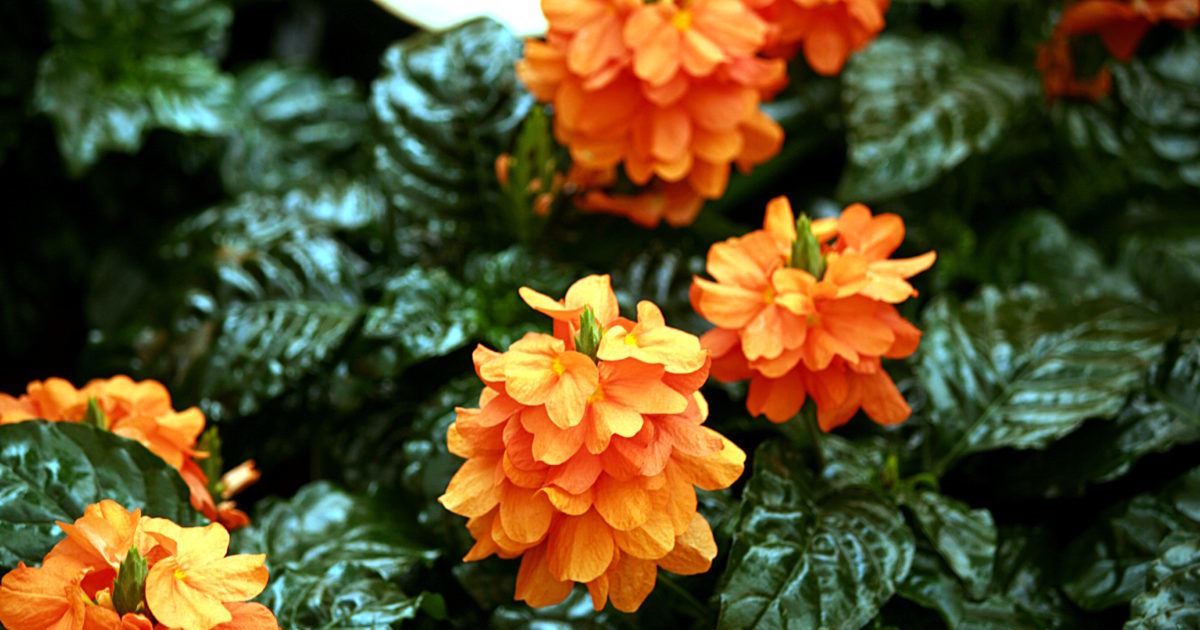 You may be interested in:
You may be interested in:General care rules
When choosing a place to place a flower, it should be borne in mind that direct sunlight is fatal to it. The flower responds well to prolonged daylight hours, provided that exclusively scattered sun rays fall on its ground part. In winter, the plant may lack light, so at this time of the year it needs to provide additional lighting using fluorescent lamps.
The optimum temperature of the tropical beauty is in the range of 20-25 ° C. It is not recommended to allow a decrease in temperature in a room with a flower below 18 °. Tillandsia needs a constant influx of fresh air. However, during the airing of the room, it is worth remembering that the flower painfully reacts to drafts and sudden changes in temperature.
The plant cannot develop normally with low humidity, therefore, it needs regular and plentiful spraying of foliage. Water can not be allowed to inflorescences. For spraying, it is recommended to use “soft” water at room temperature.
From March to September, the frequency of spraying should be 3 times a day. In other seasons, the number of sprayings is recommended to be reduced to 1 time per day.
When growing, do not allow the soil to dry out in a pot, especially in summer. It is impossible to water fully epiphytic species, however, regular spraying of their leaf plates will help provide the flowers with the necessary amount of moisture.
As an additional top dressing, you can use specially designed fertilizers for orchids or bromeliads, but in a weak concentration.
Basic rules for fertilizing:
| Factors | Conditions |
|---|---|
| Application Period | Spring Summer |
| Frequency | 1 time in 14 days |
| Way | Foliar (spraying foliage with a weakly concentrated solution). |
The foliar method of fertilizing helps protect the root system of the flower from damage.
Features of care for tillandsia Anita
Tillandsia Anita is a terrestrial representative of the genus, which is most often sold as a room crop. This variety is hybrid and less demanding in care, unlike its relatives.
| Factors | Conditions |
|---|---|
| Lighting | Scattered. |
| Watering | Frequent and plentiful. It is recommended to bring water under the root outlet of the flower. |
| Air humidity | 60 — 70%. |
| Top dressing | Fertilizers for orchids, 2 times less than the dose indicated in the instructions. |
The rest of the flower is subject to the general rules for caring for tillandsia.
Growing Tillandsia Atmospheric
Tillandsia Atmospheric is an epiphyte and needs more careful care than its "green" relatives. Atmospheric species of tillandsia prefer to grow in darker places.
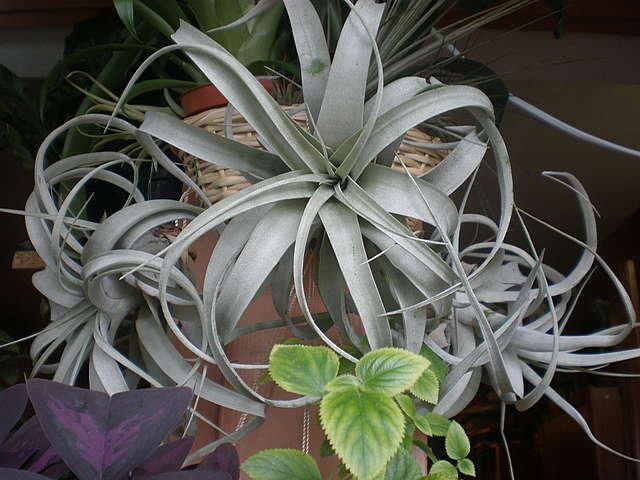
The flower needs frequent and plentiful spraying, since it receives moisture exclusively from the air, not being able to be fed from the soil. Epiphytic varieties also need a warm shower at least 2 times in 30 days.
It is recommended to introduce additional dressing exclusively during the period of active vegetation and not more than 1 time in 4 weeks. As a top dressing, it is recommended to use fertilizers for bromeliads at 4 times lower concentration, from the one recommended by the manufacturer.
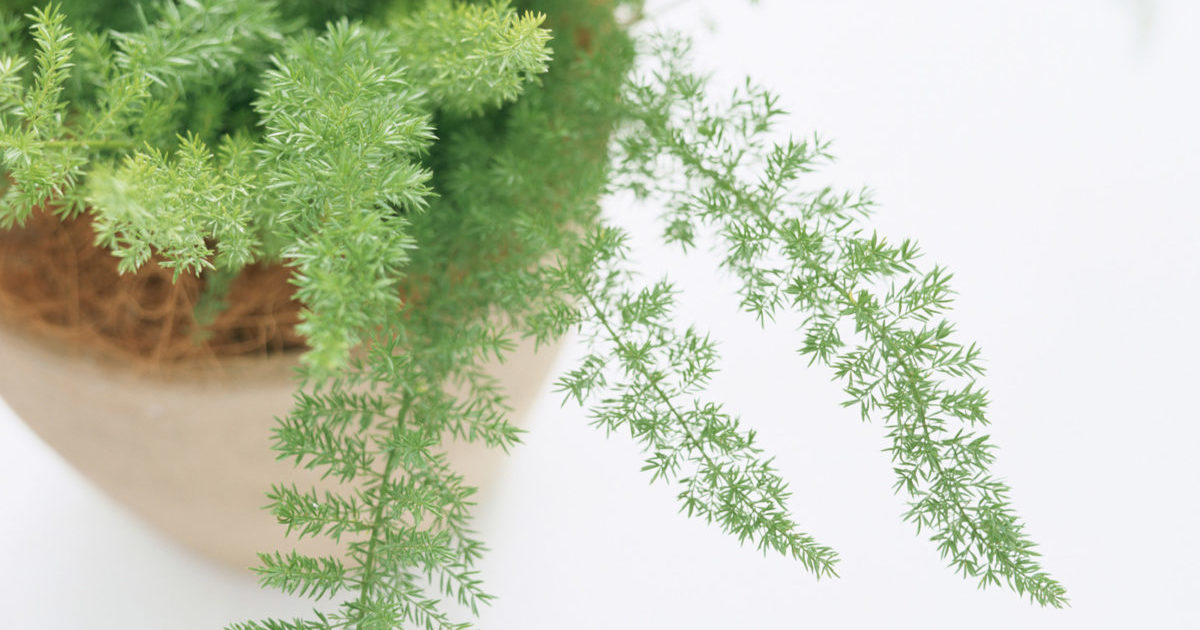 You may be interested in:
You may be interested in:Caring for Tillandsia Cyanaea
Tillandsia Tsianeya, or Blue, became the parent for the Anita hybrid variety, so caring for these representatives does not have significant differences. However, Tillandsia Blue reacts much worse to lack of moisture, in contrast to the hybrid cultivar. Therefore, it is recommended to water and spray this plant more often than other varieties.
How to propagate and transplant tillandsia at home
The procedure for planting and transplanting a plant, as well as knowledge of how to propagate it, plays an important role in the process of growing a crop.
Landing and transplanting
The mother plant dies immediately after flowering, so there is no need to transplant the plant into a new container. Transplanting a flower into a container is usually carried out only once, immediately after its acquisition in the store. Since the soil in which the flower is sold is unsuitable for its further cultivation. As a container for a flower, it is recommended to use a low flowerpot with a wide bottom.

The substrate for growing the flower can be purchased in a specialized store, soil is perfect for a family of bromeliads or orchids. If desired, the substrate can be prepared independently from leafy soil, humus, moss, peat, fern roots and bark, taken in equal parts.
Transplantation sequence:
- Water the plant liberally for further extraction from the tank.
- Put a drainage layer on the bottom of the tank. Charcoal or expanded clay can be used as drainage.
- On top of the drainage layer, sprinkle a layer of earthen substrate 3-4 cm wide.
- Carefully remove the plant from the old container and place in a new one along with a lump of earth.
- Fill the voids of the pot with a substrate, periodically tamping it.
- Put the flower in partial shade.
After transplanting, the plant is not recommended to be watered for a week.
Reproduction by children and seeds
Tillandsia is able to reproduce in 2 ways: vegetative and seed. Reproduction by children is a fairly quick way to get a new plant. Children are called young shoots of a flower that appear at the time of its flowering.
Stages of the vegetative method of reproduction:
- Separate the young shoot, which has reached a length of 8 cm, from the mother plant with a sharp blade.
- Sprinkle the cut with charcoal.
- Place the planting material in a prepared substrate consisting of peat and sand, taken in equal proportions.
With regular watering and adequate lighting, the young shoots take root after 2 months, after which they can be transplanted into permanent containers.
For the propagation of atmospheric species, it is enough to cut off the shoot of a mature flower and tie it to the base in the form of a bark or stone.
Growing tillandsia from seeds is a very painstaking and long process, since such seedlings grow very slowly and bloom only after 5 or more years. For sowing, you can use both purchased and independently harvested seeds.
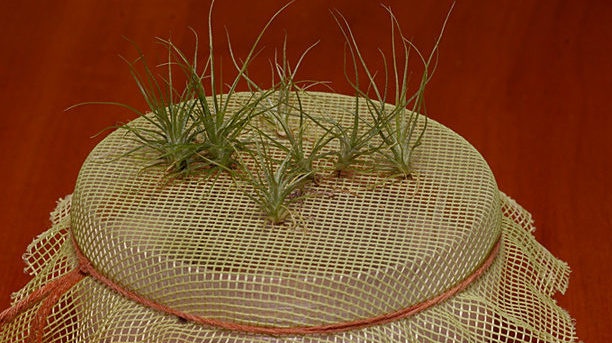
Planting material must be evenly distributed over the surface of a wet substrate, consisting of peat and sand, taken in a ratio of 1: 1. To deepen or to fill up seeds from above is not recommended. After sowing, the container with seeds must be covered with plastic wrap or glass to create greenhouse conditions.
Containing seedlings is recommended in a warm and well-lit place.With regular spraying of the substrate and daily ventilation, the seeds will give the first seedlings after 4 weeks.
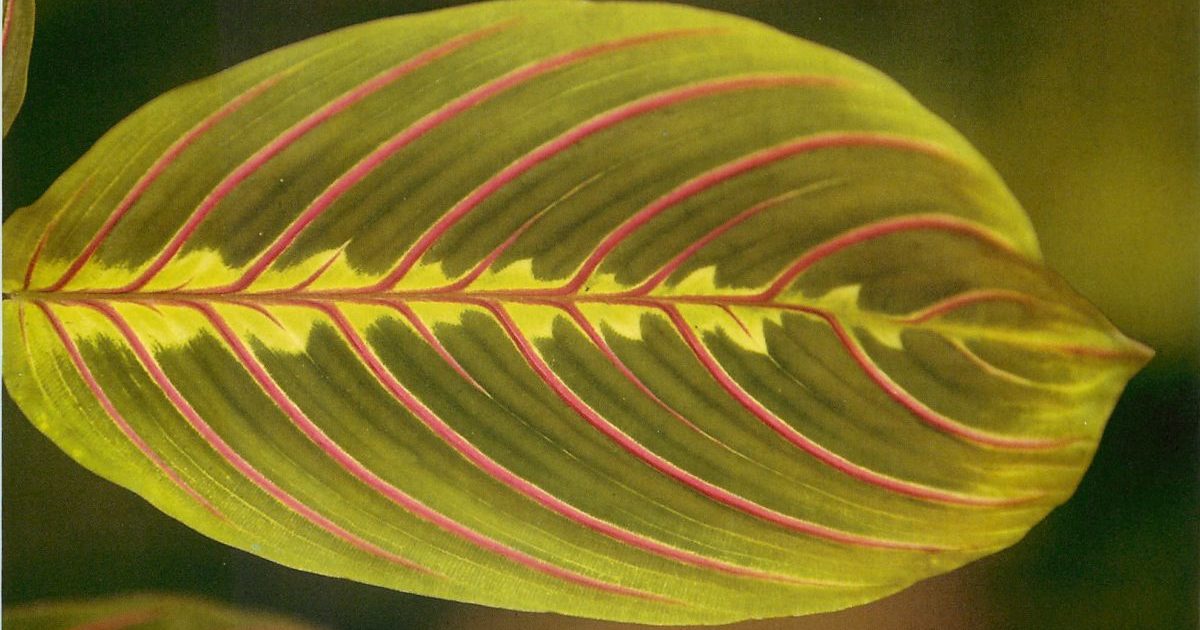 You may be interested in:
You may be interested in:Common Growing Questions
Tillandsia is a tropical beauty that has impressed many gardeners with its exotic and bizarre appearance. Growing a flower at home is not an easy task, but the result is worth it.

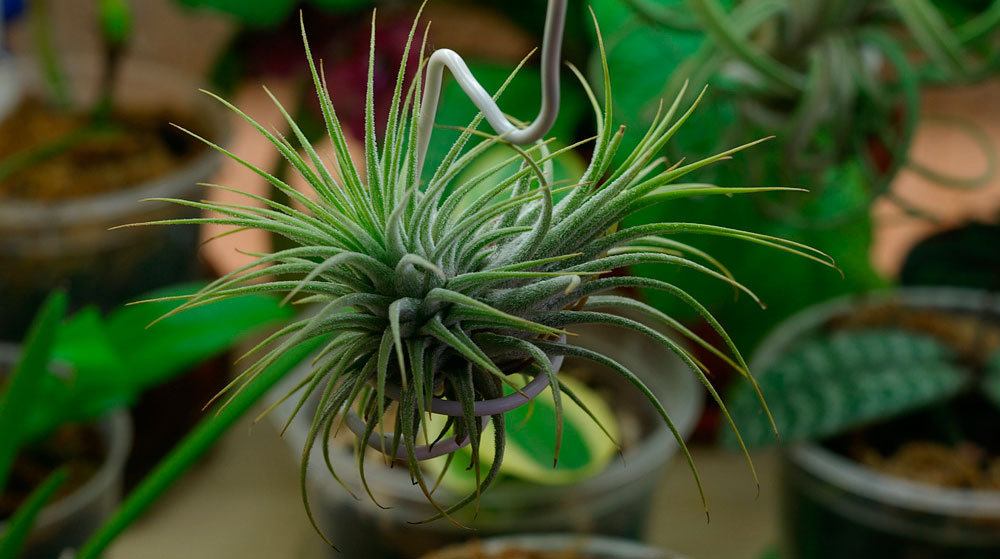
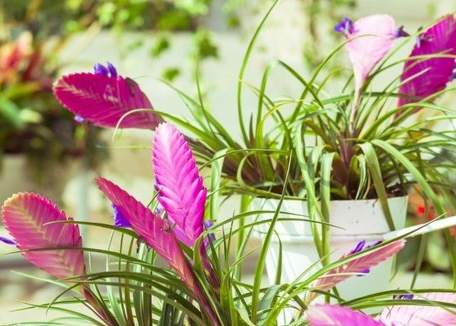




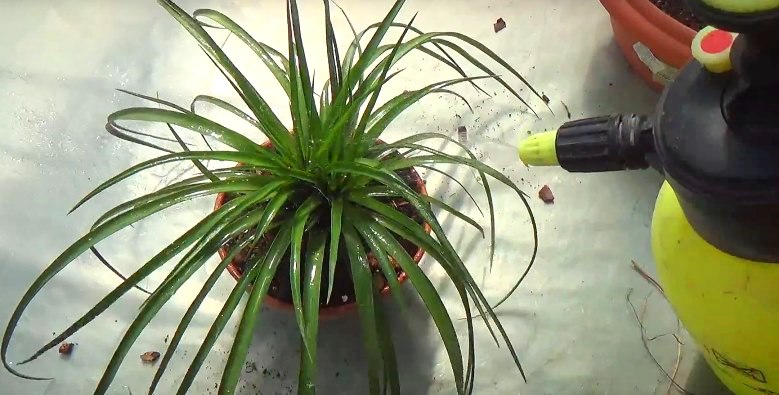
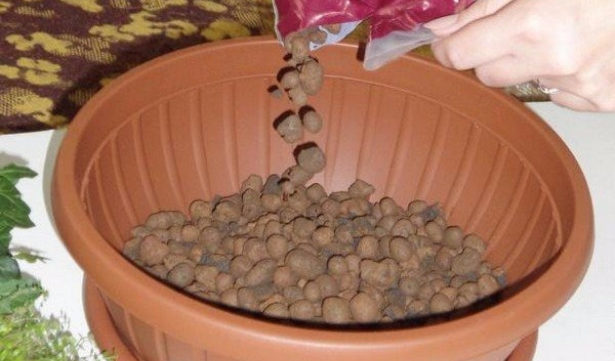
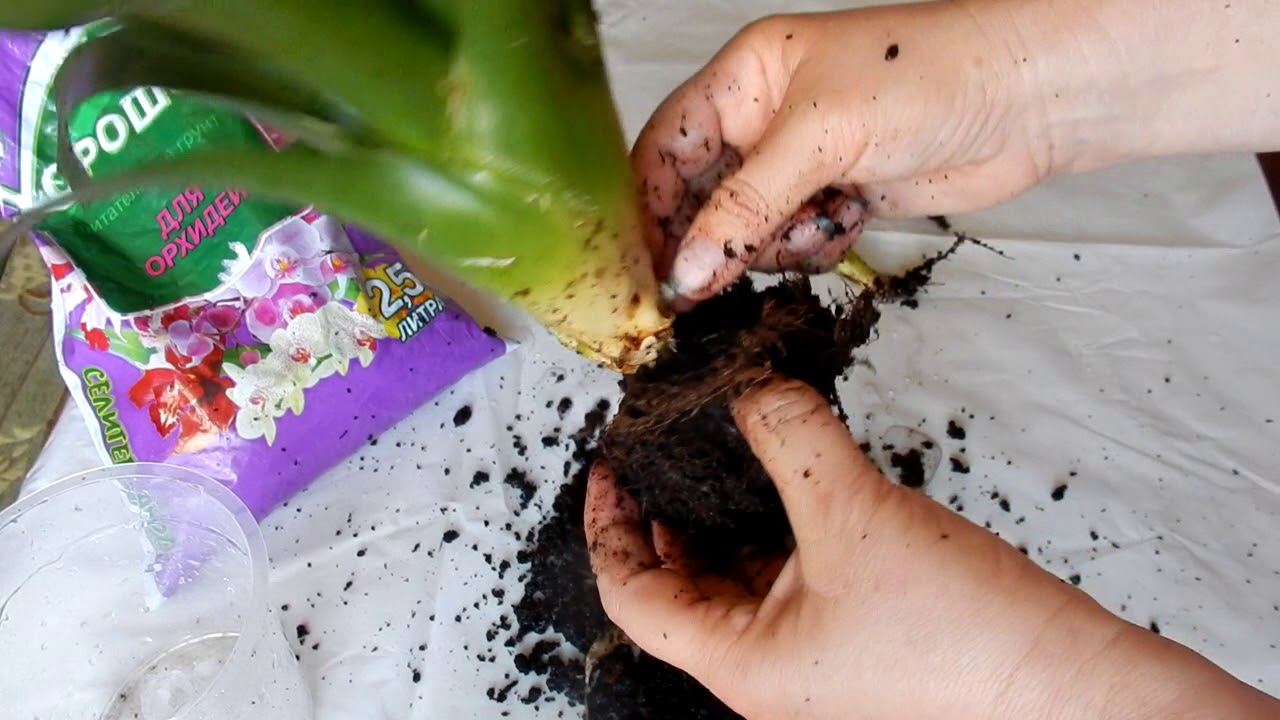
 10 beautiful annuals that bloom all summer
10 beautiful annuals that bloom all summer Sow in the ground, without seedlings: 10 beautiful and unpretentious flowers
Sow in the ground, without seedlings: 10 beautiful and unpretentious flowers Platicodon planting and outdoor care
Platicodon planting and outdoor care Hosta - planting and care in the open ground in the Urals
Hosta - planting and care in the open ground in the Urals